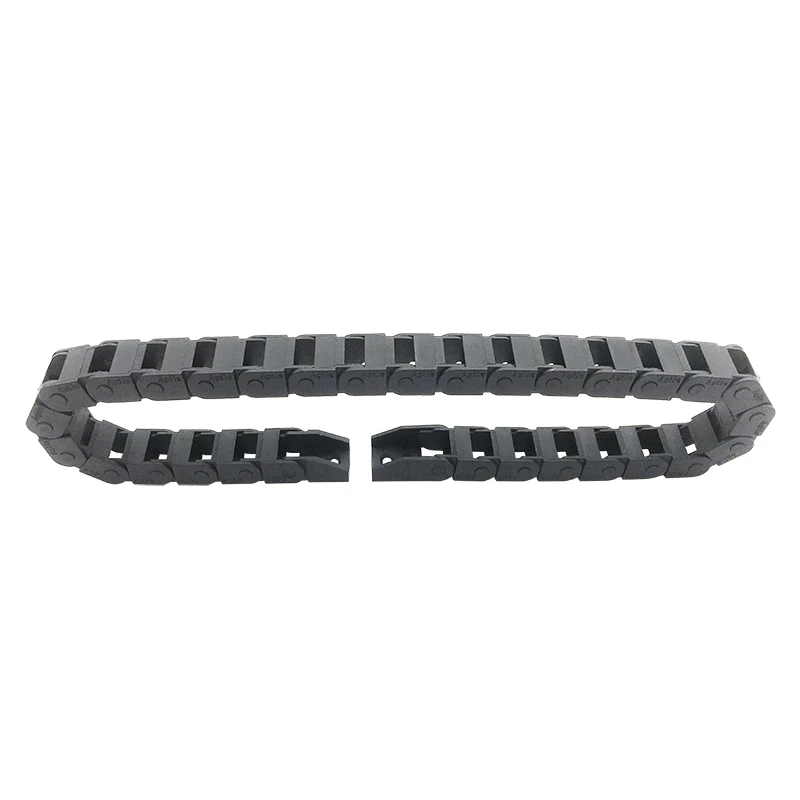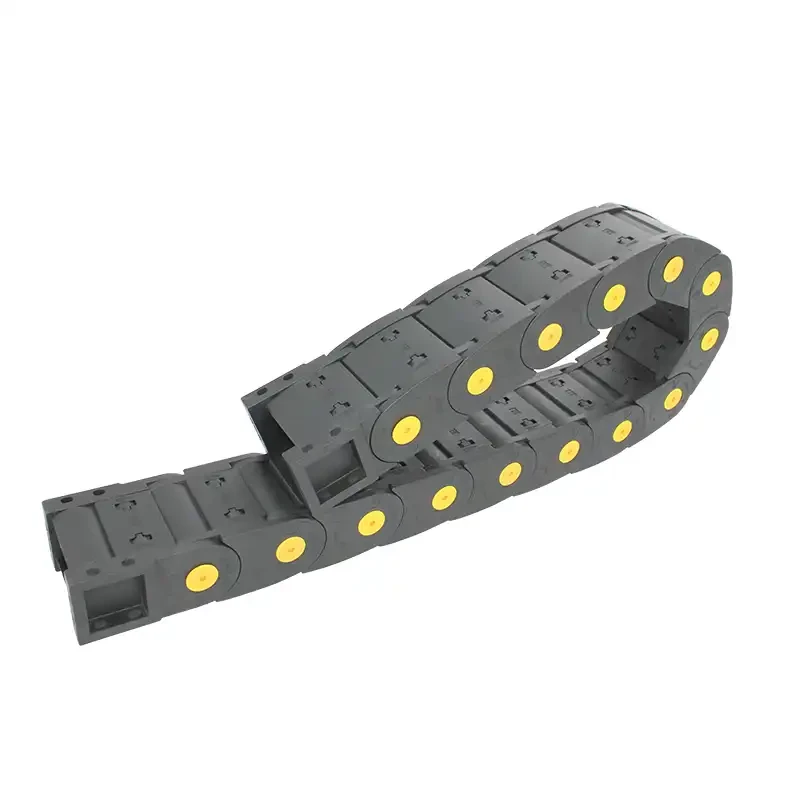drag chain conveyor
Drag chain conveyors have become a pivotal component in various industries, offering a reliable solution for the transportation of bulk materials. Their robust design and adaptability to handle a range of materials make them an indispensable tool for companies seeking efficient and cost-effective solutions. This article delves into the intricacies of drag chain conveyors, providing insights into their operation, benefits, and applications backed by real-world experiences and expert testimonials.

Drag chain conveyors are engineered to handle heavy loads with precision and stability, making them ideal for industries such as agriculture, mining, and manufacturing. Unlike traditional conveyors, drag chain systems utilize a continuous chain to move materials along a fixed path. This design minimizes spillage and reduces maintenance costs by eliminating the need for constant cleaning and adjustment.
The core components of a drag chain conveyor include the chain, flights, and the trough. The chains are manufactured from high-strength steel, ensuring durability under the most challenging conditions. Flights are attached to the chains, creating compartments that reliably transport materials without degradation. This configuration allows for the smooth conveyance of both powdered and granular materials, regardless of moisture content.

Incorporating real-world case studies, a mid-sized grain processing company successfully integrated drag chain conveyors into its operations, yielding a 30% increase in throughput efficiency. By replacing its aging belt conveyors with modern drag chain solutions, the company not only enhanced its production capability but also reduced its maintenance downtime by 40%. These conveyors proved invaluable in managing different grain types, accommodating varying volume fluctuations with ease.
drag chain conveyor
Experts recommend drag chain conveyors not only for their efficiency but also for their ability to adapt to complex plant layouts. Custom components can be tailored to fit virtually any space, which is particularly advantageous for facilities with constrained areas. Furthermore, their enclosed design minimizes dust and noise pollution, contributing to a safer and cleaner working environment. This aspect is critical for compliance with health and safety regulations, ultimately fostering a trustworthy working environment.
From an operational perspective, the versatility of drag chain conveyors allows them to handle a wide range of temperatures and material characteristics. Companies specializing in high-temperature processes or abrasive materials find drag chain systems particularly effective, as these conveyors can withstand thermal expansion and resist wear better than traditional options.
Authoritative insights from industry leaders indicate that proper maintenance and regular inspections are paramount to maximizing the lifespan of drag chain conveyors. Scheduled lubrication and tension checks, alongside periodic chain inspections, mitigate the risk of unexpected downtime and prolong system integrity. This maintenance routine not only enhances the reliability of operations but also assures stakeholders of the system's trustworthiness.
In conclusion, investing in drag chain conveyors is an astute decision for businesses aiming to optimize their material handling processes. Their unique design, coupled with their ability to adapt to industry-specific requirements, makes them an invaluable asset. Backed by expert opinions and practical experiences, these systems promise not only enhanced productivity but also a significant reduction in operational disruptions. For industries prioritizing efficiency and reliability, drag chain conveyors stand out as a superior choice, establishing themselves as an authoritative solution in the realm of material transportation.








